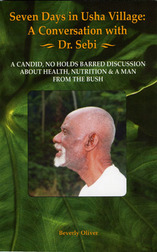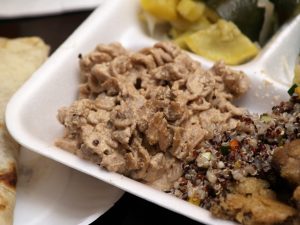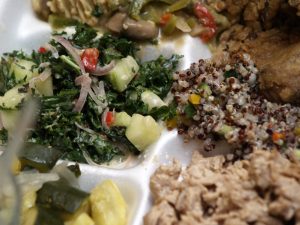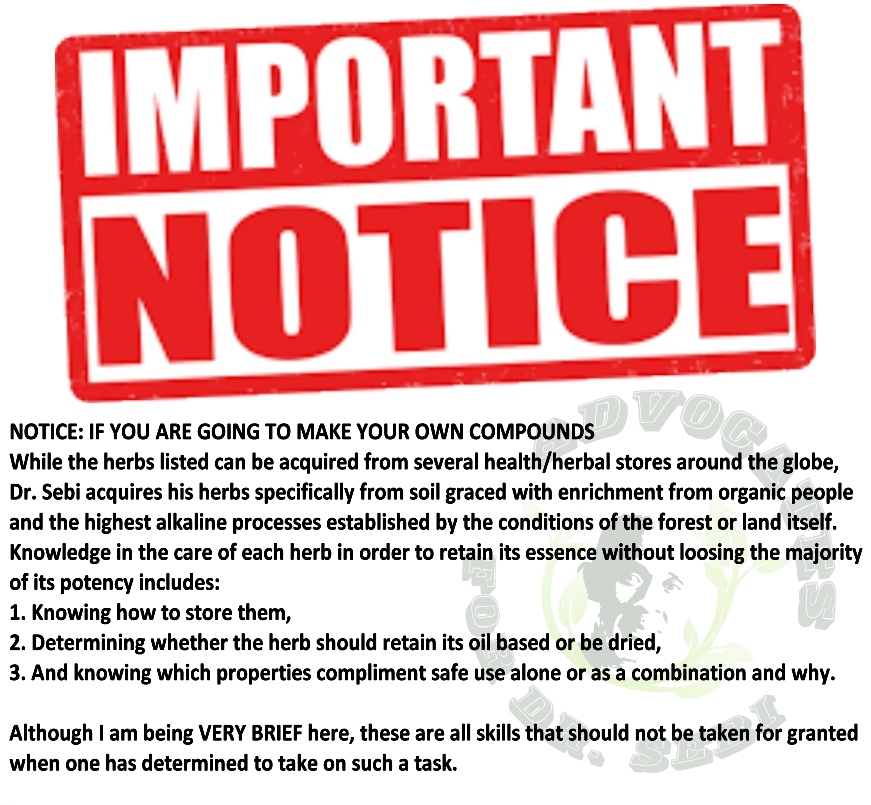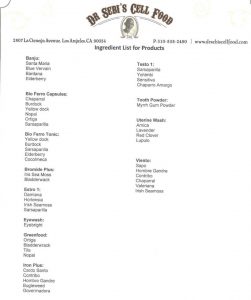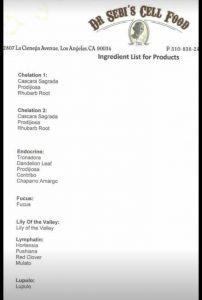Dr. Sebi spoke against parsley. However, it once ended up on the list and can probably be seen on other lists that are presented as foods recommended by Dr. Sebi. Recommended food lists from a Dr. Sebi perspective will need a comprehensive review because of at least two reasons:
(1) Dr. Sebi has said a lot about foods beyond their just being hybrid. He is known to recommend foods with the least starch of its kind. (Case of the garbanzo beans) In the same manner he would warn against the consumption of certain fruit while knowing that nearly all of them in western markets were hybrids, while recommending the wide range consumption of berries simply because he was able to determine that they had no detrimental value.
(2) Dr. Sebi had plans to promote a solution to transform hybrid vegetables into alkaline vegetables and of the foods that receive the process well, he would create a new recommended food list that he wanted to call “The Electric Cell Food List.”
Dr. Sebi is known for recommending foods that are closer to their native and original origins. Click play below and listen for the food that he recommends if we are to make an effort in replacing Parsley.
Culantro Instead of Parsley
Culantro Instead of Parsley
Culantro Instead of Parsley
 Dr. Sebi did not say Cilantro, he said Culantro which is the Spanish plant that is native to Mexico and Honduras, while cultivated in Cambodia, Vietnam, Hawaii, Trinidad and Tobago. It grows year round in tropical environments. Dr. Sebi says that is smell good, but it’s scientific latin name; “Eryngium foetidum” literally translates as “foul-smelling thistle.” Culantro is also known as “Chadon Beni” pronounced “Shado Beni.”
Dr. Sebi did not say Cilantro, he said Culantro which is the Spanish plant that is native to Mexico and Honduras, while cultivated in Cambodia, Vietnam, Hawaii, Trinidad and Tobago. It grows year round in tropical environments. Dr. Sebi says that is smell good, but it’s scientific latin name; “Eryngium foetidum” literally translates as “foul-smelling thistle.” Culantro is also known as “Chadon Beni” pronounced “Shado Beni.”
Cilantro and Culantro don’t really look similar and they definitely taste different. When you listen to the audio, Dr. Sebi tells us that the culantro plant is long-leaved. If you like the green plant taste that Cilantro can deliver, you can get that taste by using less amounts of Culantro – Yes!, It’s stronger and spicier. If you get some that does not taste as described here, then it might mean that it was harvested after the plant blossomed.
 Culantro (Eryngium foetidum) and cilantro (Coriandrum sativum)
Culantro (Eryngium foetidum) and cilantro (Coriandrum sativum)
CULANTRO – AKA – fitweed, saw-leaf or saw-tooth herb, recao
Culantro has been known to be referred to as long coriander and false coriander, but the Culantro is definitely not the coriander. (Other mixed names include Mexican coriander, thorny coriander, spiny coriander, and Tabasco parsley)
The seed of the cilantro plant is known as coriander. Although cilantro and coriander (the seed) come from the same plant, their flavors are very different and cannot be substituted for each other. (Some countries refer to the cilantro as coriander, so any references to “fresh coriander” or “coriander leaves” refer to cilantro.) See the two videos below for visual explanation on cilantro vs coriander.
NUTRITIONAL VALUE
Pain Relief – Culantro also contains trimethylbenzaldehydes which is a powerful pain reliever. Culantro tea can be used to sooth away earaches, stomachaches, and headaches.
The plant is used in traditional medicines for fevers and chills, vomiting, diarrhea, and in Jamaica for colds and convulsions in children (Honeychurch 1980). The leaves and roots are boiled and the water drunk for pneumonia, flu, diabetes, constipation, and malaria fever. The root can be eaten raw for scorpion stings and in India the root is reportedly used to alleviate stomach pains. The leaves themselves can be eaten in the form of a chutney as an appetite stimulant (Mahabir 1991).













